 As highlighted by the Lonely Planet, Iran could be the friendliest country on earth but also the jewel in Islam’s crown, combining glorious architecture with a warm-hearted welcome.The term Iran derives directly from Middle Persian Eran , the country is home to one of the world’s oldest civilizations and boasts a history of a variety of ethnic groups that include the Arabs, Greeks, Turks and Mongolese who over the centuries occupied this ancient land. Iran is the second-largest country in the Middle East with a land mass covering over 1,648,195 km2 (636,372 sq miles), there are plenty of places to explore.
As highlighted by the Lonely Planet, Iran could be the friendliest country on earth but also the jewel in Islam’s crown, combining glorious architecture with a warm-hearted welcome.The term Iran derives directly from Middle Persian Eran , the country is home to one of the world’s oldest civilizations and boasts a history of a variety of ethnic groups that include the Arabs, Greeks, Turks and Mongolese who over the centuries occupied this ancient land. Iran is the second-largest country in the Middle East with a land mass covering over 1,648,195 km2 (636,372 sq miles), there are plenty of places to explore.
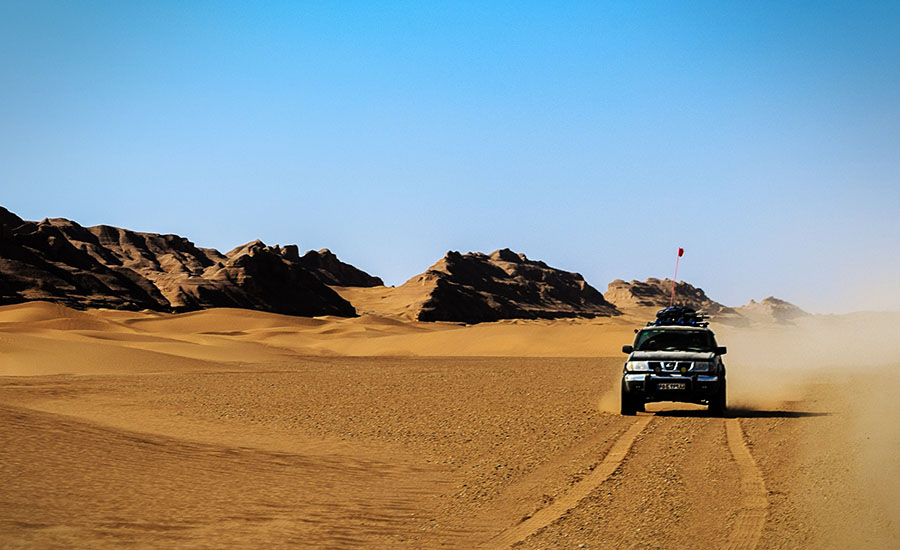

With a population of over 81 million inhabitants, this diverse country, in terms of history and culture, is often described by travellers and overlanders who have explored this ancient land as place where its people are very welcoming.
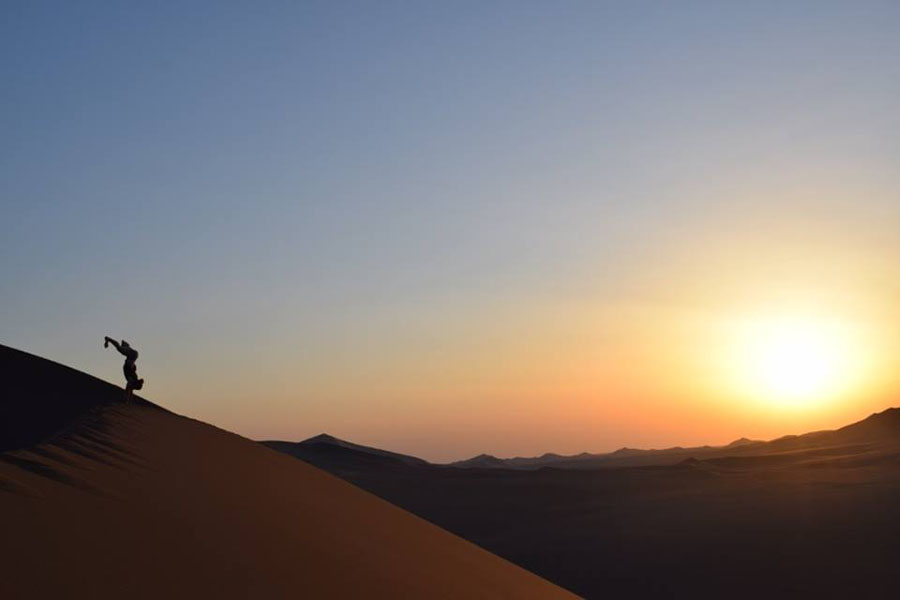
The Kavir Desert
The country is bordered by Armenia, the Republic of Azerbaijan, Turkmenistan, Afghanistan and Pakistan, Turkey and Iraq to the south by the Persian Gulf and the Gulf of Oman. Tehran the country’s largest city is also the main economic and cultural center.
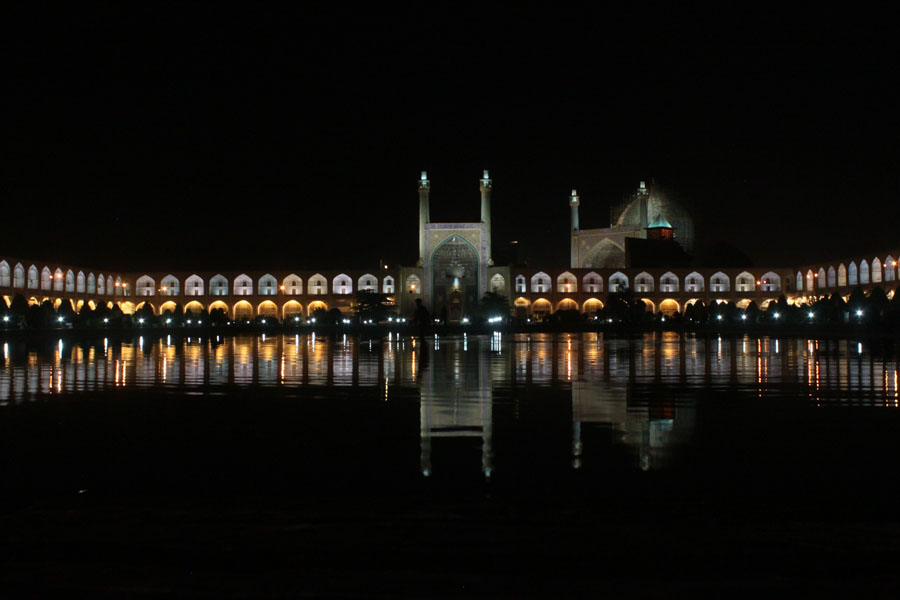
Naqsche Jahan Square
Iran is one of the world’s most mountainous countries, its landscape dominated by rugged mountain ranges that separate various basins and plateaus from each other. Iran’s highest mountain Mount Damavand, stands at an impressive 5,610 m (18,406 ft).
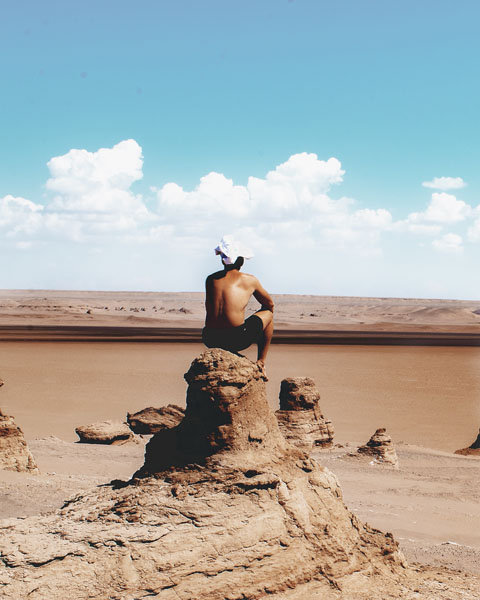
But it’s not all mountains in the north of Iran, the country is covered by lush lowland Caspian Hyrcanian mixed forests. The eastern part consists mostly of desert basins, such as the Kavir Desert, which is the country’s largest desert, and the Lut Desert, as well as some spectacular salt lakes.Being such a large country Iran has 11 climates ranging from arid and semi-arid, subtropical along the Caspian coast and the northern forests, in the Zagros basin you will experience lower temperatures, severe winters with below zero average daily temperatures and heavy snowfall with the eastern and central basins being arid.
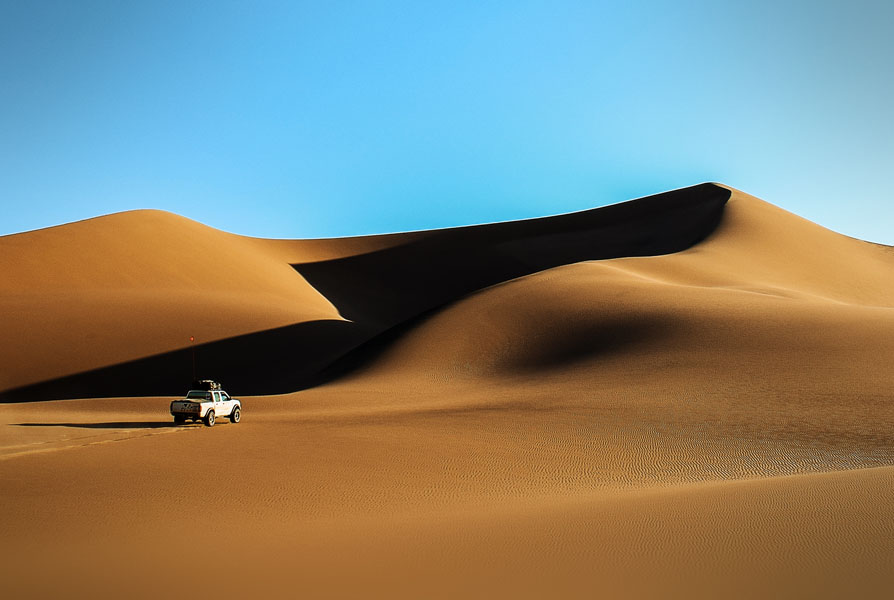
We recently caught up with Saman Kashani and his team from Road IRAN at the Abenteuer and Allrad show in Germany to discuss what Iran has to offer in terms of Offroad-Adventure tours through the deserts, mountains and forests.Saman informs us that in order to get to know Iran in all its facets, you just need an open mind and be ready to enjoy a once in a lifetime experience. Road Iran offer you the opportunity to discover the country either as a self-driver, passenger, or with a rental 4WD vehicle. These guys offer an unforgettable experience, away from the popular tourist destination. Saman explained that the routes used showcase Iran’s’ natural and cultural highlights where you will experience breathtaking landscape and the Persian culture with all its social and historical facets up close.
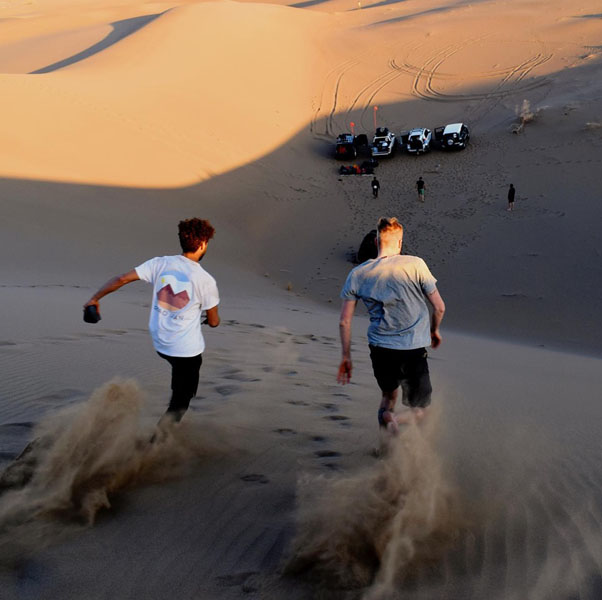
The Rig – e Shotoran (Desert of the camels)
Saman also explained that Road Iran is committed to sustainable and authentic travel that will take you on a unique adventure, having established sustainable partnerships with local communities they ensure a culturally sensitive and authentic experience. One of Saman’s key objectives under the Road Iran banner is to foster an intercultural understanding between the locals and the participating tourers. But this is just part of the experience, it’s all about experiencing IRAN and all its wonders from behind the wheel of a 4WD vehicle.
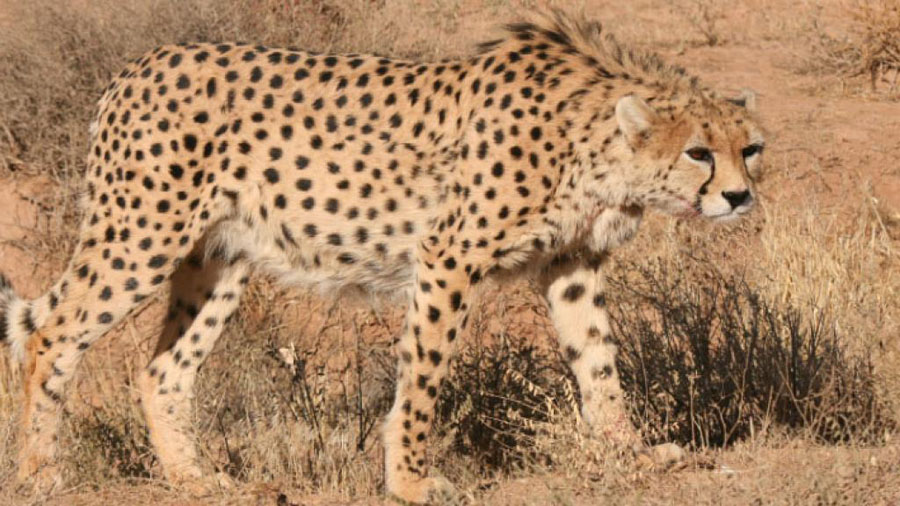
Iranian Cheetah
The Lut Desert is definitely one of our tour highlights explains Saman. It is a large salt desert located in the provinces of Kerman and Sistan and Baluchestan, this area is also a UNESCO World Nature Heritage, covering over 166,000 km² (64092 miles²) making it the largest desert in Iran. It gets pretty hot there, in fact seven years of satellite temperature data show that the Lut Desert in Iran is the hottest spot on Earth reaching a whopping 70.7°C (159.3°F) in 2005.
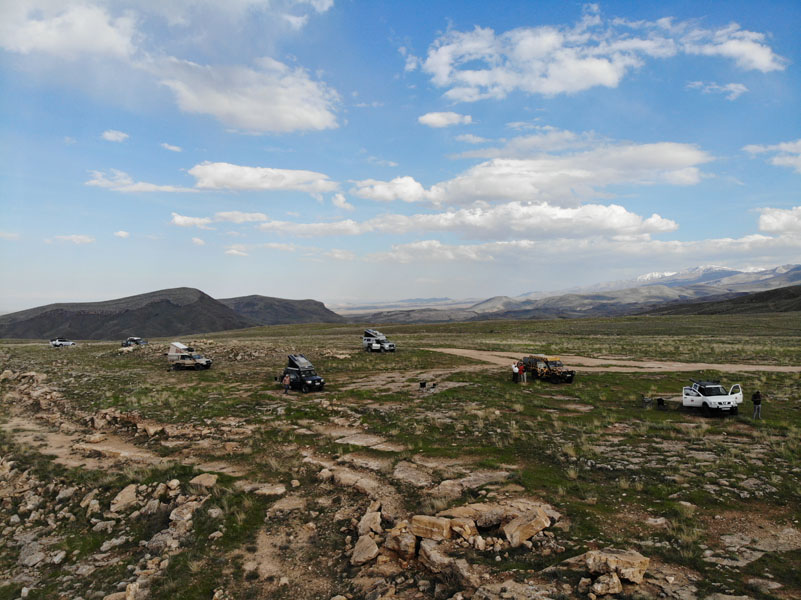
It is also one of the driest places on the planet so it is understandable that even Nomads bypass this place of endless vastness.Inside the Lut-Desert, Road Iran will drive and guide you through the Yardang Mountains with their fascinating rock formations of sand, this is like driving on another planet. Shaped by natural wind work, the Yardangs are lined up perfectly and frame their way into the next part of the journey.

Saman Kashari discusses Road Iran in Germany
After experiencing the hard and rocky tracks in the mountains, the Yalan area provides a different and much softer perspective. Here you will get to experience a classic and unique desert environment. The dunes reach a spectacular 400 meters offering incredible vistas and iconic photo opportunities. After reaching this part of the trip Road Iran will set up camp here for a couple of days where you will experience pristine and unpolluted starlit skies. From the very north to the south, there is an average temperature difference of 35 °C (95 °F). So there are extremely hot and cold places to be explored around the country. However Saman pointed out that travelling during the spring or autumn will avoid extreme weathers, making your trip much more comfortable.
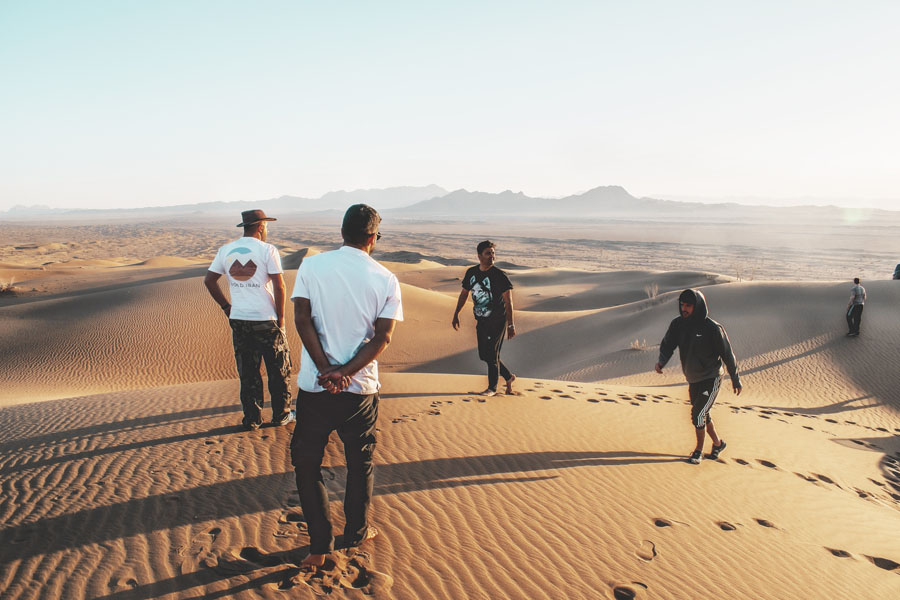
‘’Iran is far from a land of just drought but also incorporates breathtaking lush forests and wetlands’’.
Another interesting destination is the “Hyrcanian Forest”, also known as the “Caspian Forest”, this is the country’s largest humid forest.
Together with the German Federal Agency for Nature Conservation and the Michael-Succow-Foundation, the Iranian government engages in great efforts to sustain this incredibly habitat and endorses its recognition as a UNESCO World Natural Heritage. It is one of the only surviving forests in the world, which survived the ice age. It is also Iran’s oldest national park and boasts 150 different species of birds that can be found here, including the rather rare bearded vulture.
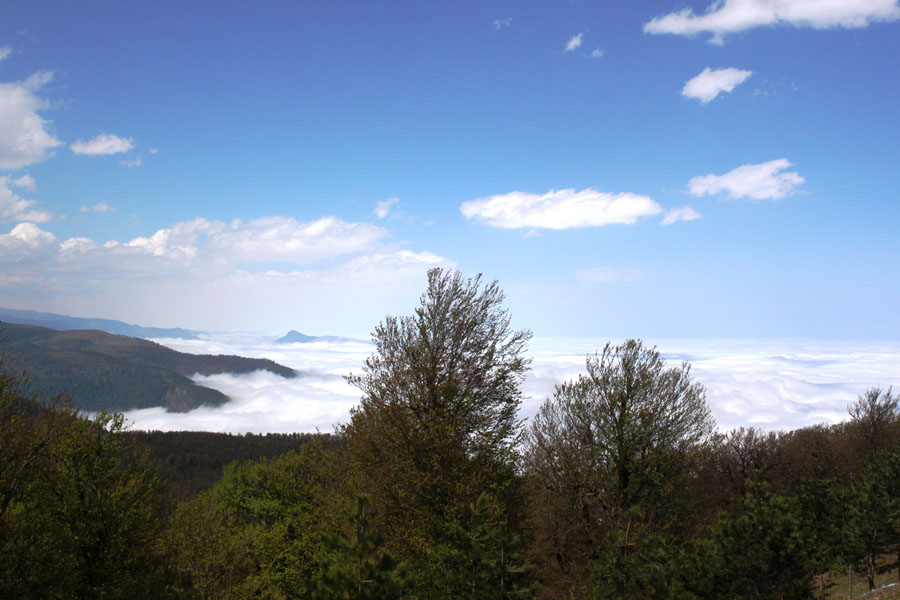
The Hyrcanic Forest
Mammals such as brown bears, leopards, wolves, gazelles, sheep and jackals also call this forest home. If you are lucky, you might even see one of the very last and endangered Persian cheetahs. Tigers once roamed this forest but are now unfortunately are now extinct.
Another highlight in Iran is the Maharloo Lake, also known as Pink Lake, this is a seasonal salt lake in the highlands of the area of Shiraz, the lakes salt is rich in potassium and other salts.
For those of you who are wine drinkers you will definitely have heard of Shiraz, and it’s interesting to note that wine was being produced in Iran for thousands of years with a focal point of production in the ancient city of Shiraz.
The lake water in the area typically evaporates by the end of summer and exposes the spectacular white lake bed. By mid-summer and due to high evaporation rates and salt concentrations, the lake water turns pinkish red as a result of the red tide within the lake.
Another area explored that offers another contrasting environment is Dizin, this is the largest ski resort in Asia. It is located in the Alborz mountain range, about just 70km north of Tehran, Iran’s capital city. It was established during the 1960s under the reign of Mohammad Reza Pahlavi. Dizin is the first ski and winter sport resort in Iran which has been officially recognized and granted the title by the International Ski Federation for its capability in administering official and international competitions. The highest ski lift reaches 3,600 m (11,800 ft), making it one of the 40 highest ski resorts in the world.
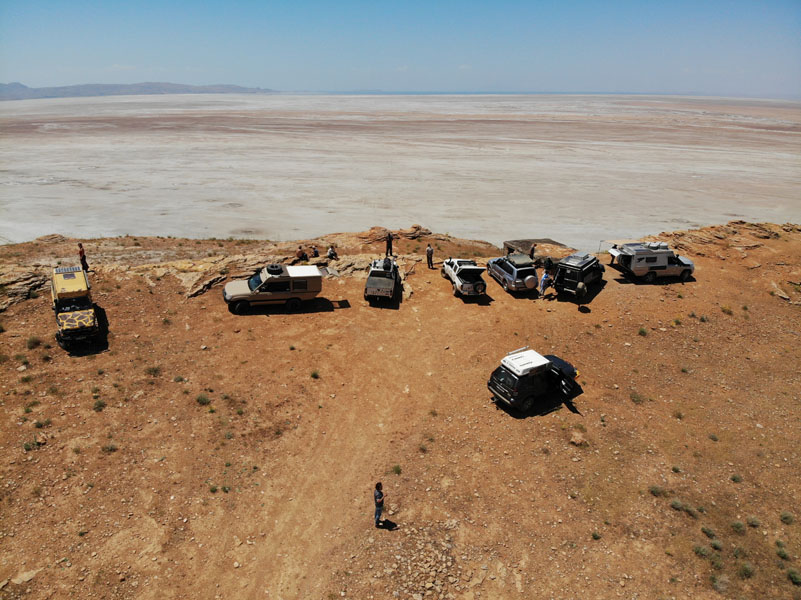
Moving on to Lake Urmiawhich is a spectacular endorheic salt lake located between the provinces of East Azerbaijan and West Azerbaijan in Iran, and west of the southern portion of the Caspian Sea. It is one of the largest lakes in the Middle East and the sixth-largest saltwater lake on Earth, with a surface area of approximately 5,200 km2 (2,000 sq mi), a length of 140 km (87 mi), a width of 55 km (34 mi), and a maximum depth of 16 m (52 ft).In recent years the lake has shrunk in size due to damming of the rivers that flow into it, and the pumping of groundwater from the surrounding area.
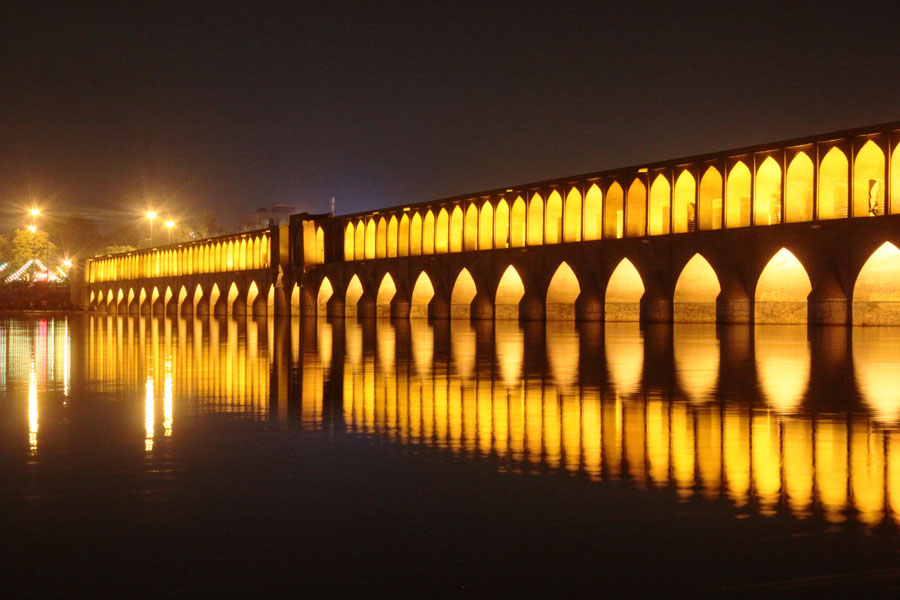
Siosepol Isfahan
But new projects between the Iranian government and UNESCO are improving the situation. Lake Urmia has approximately 102 islands and is now protected as a national park by the Iranian Department of Environment.
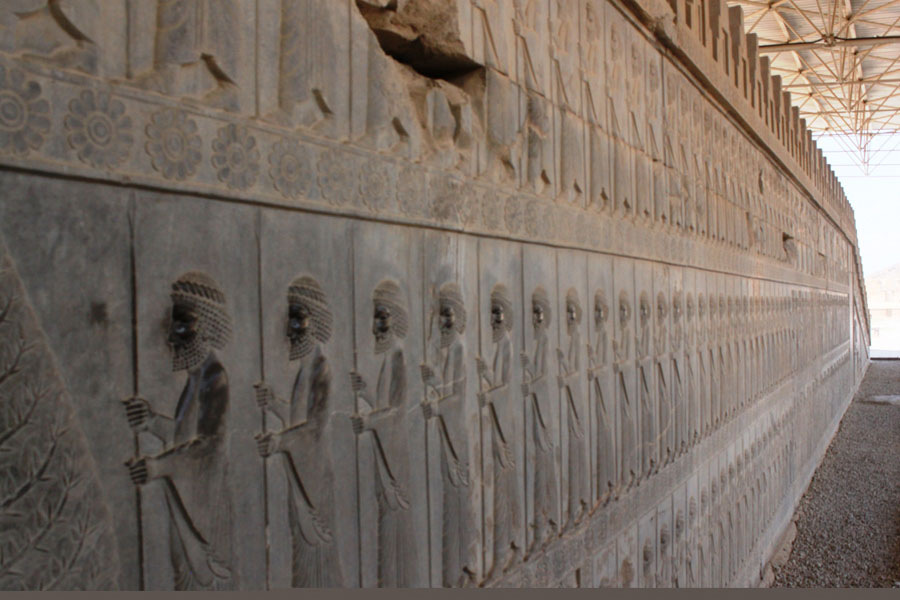
Other areas of interest include Naqsh-e Jahan Square, also known as Meidan Emam,this is a square situated at the center of Isfahan, Iran. Constructed between 1598 and 1629, it is now an important historical site, and one of UNESCO’s World Heritage Sites. The Allahverdi Khan Bridge, popularly known as Si-o-se-pol (bridge of thirty-three spans), is the largest of the eleven historical bridges on the Zayanderud, the largest river of the Iranian Plateau, in Isfahan, Iran. Persepolis which was the ceremonial capital of the Achaemenid Empire (ca. 550–330 BCE). and the Daryacheh ye Namaki which is the second biggest salt lake in Iran. The salt is the main stoke for the Iranian public.
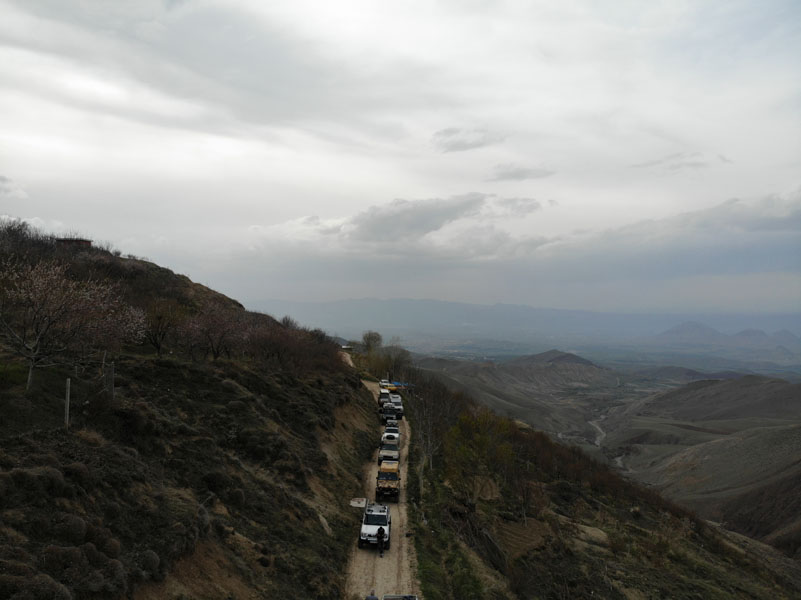
created by dji camera
Saman highlighted that all participating off-road vehicles being either your own one or a rented one should be carefully prepared, but don’t need to be hard core off road vehicles . Desert compatibility is an advantage so this should be taken into consideration when preparing you vehicle also to get the most out of this trip, you should be willing to engage with other cultures and people. All up this sounds like an incredible touring experience.
Desert Driving…. things to consider.
Tyres: Make sure that you have good tyres and that they are at the right pressure depending on the terrain. Hot temperatures can damage the rubber in your tyres. Before departing on your trip always check your tyres for bulges or other signs of damage. Also don’t forget to inspect your spare tyre.
Engine coolant: Make sure you have checked your coolant levels and always keep an eye on your vehicles temperature gauge. (Avoid checking your coolant when the engine is hot.
Batteries: Make sure you have good quality batteries in your vehicle also make sure the clamps that secure your batteries are firm A badly fitted battery that comes loose can cause damage under the bonnet.
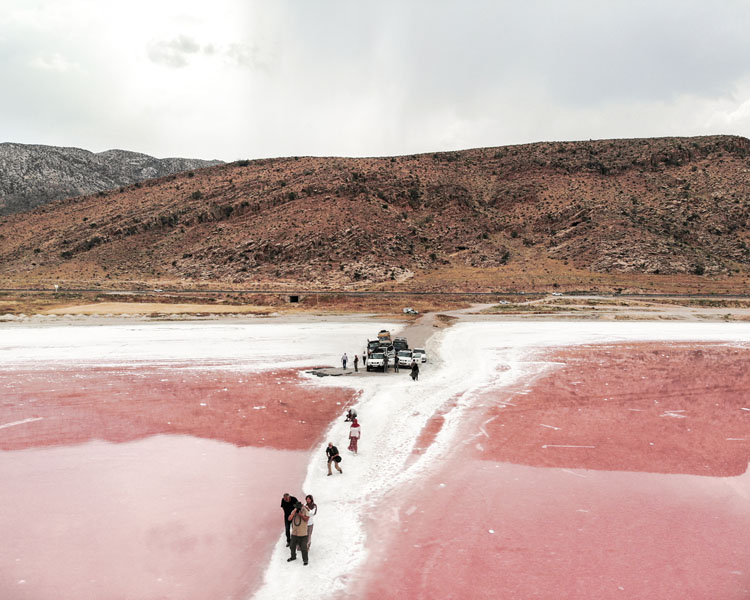
Oil: Also make sure you change your oil before your trip and bring some spare oil just in case. Also check the Hydraulic clutch and brake reservoirs.
Window Shields: Bring interior window shields for your vehicle to prevent it from getting too hot.
Practice: Practice if possible driving on the sand before your trip
Storage; Make sure that your storage system in the back of your 4WD or on your roof rack is well secured the last thing you want to happen when coming over a dune is to be hit with something that was loose in the back of your vehicle. Make sure all equipment including tool-boxes, camping gear etc is firmly secured in the back of the vehicle and not liable to start flying around when going over rough ground or up or down steep slopes.
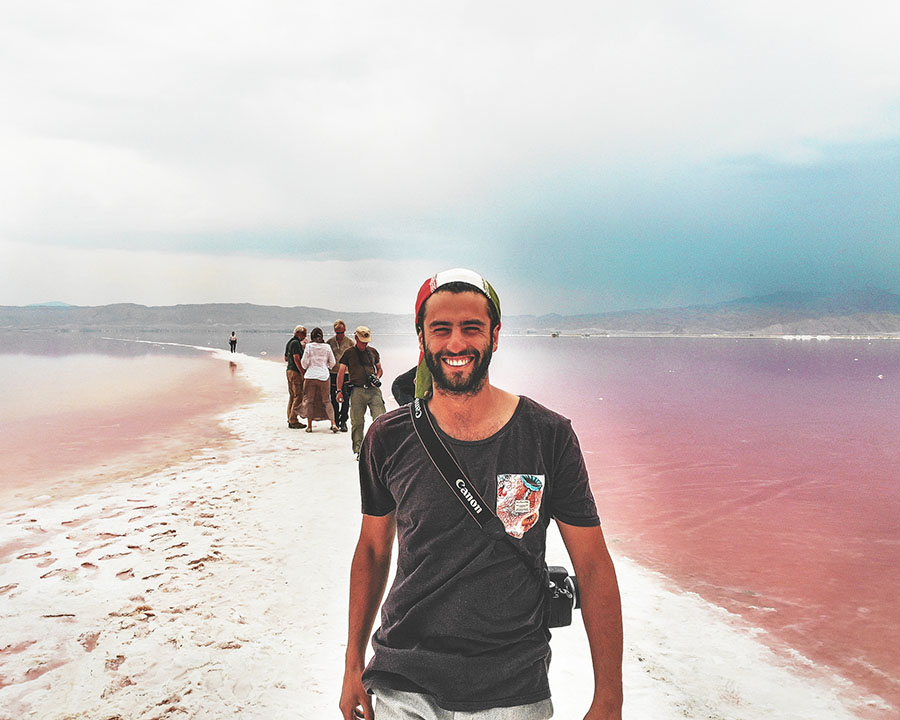
Daily travelling:
The driving time between most of the Road Iran destinations is between 4 and 5 hours a day. However, this can be exceeded.
Tour guides:
The Road Iran tour guides are very familiar with the areas and know what it takes to guide you safely. Your guide will give you amazing insights into the country and it’s people. Saman told us that every tour is accompanied by an English/German-speaking guide who is familiar with European cultures.
Health inquiries:
No vaccinations are prescribed. However, before going on this trip, a visit to your doctor is always recommended.
Travel dates:
Road Iran tours always take place in spring (March to May) or autumn (September to November).
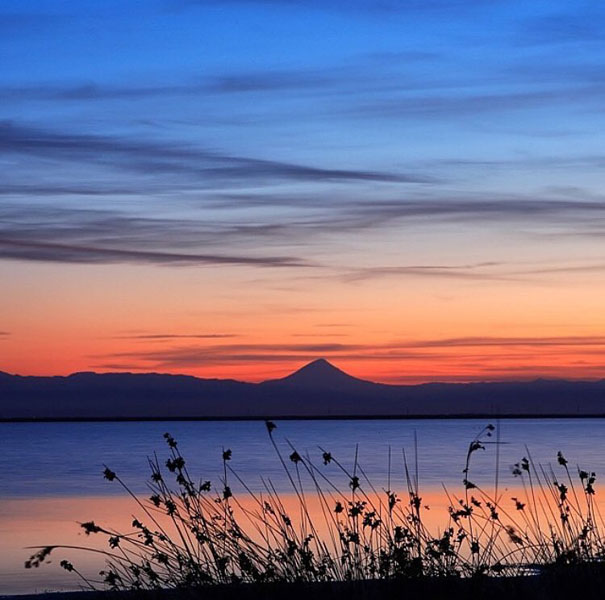
The Road Iran next dates include:
Self-driver in October 2019, May 2020 and October 2020
Passengers in March 2020 and September 2020
Rental car-driver can join on all dates
Duration: from 5-30 days
Contact
Saman Kashani
+49 176 84709907
[email protected]

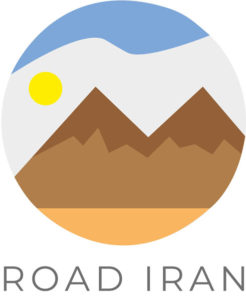
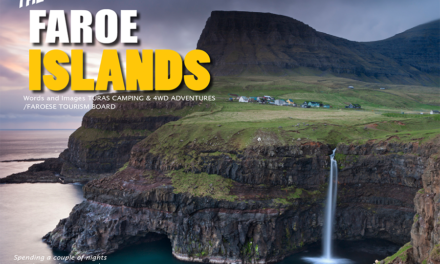
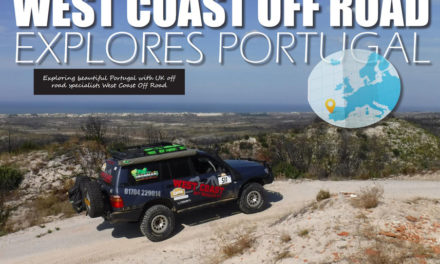
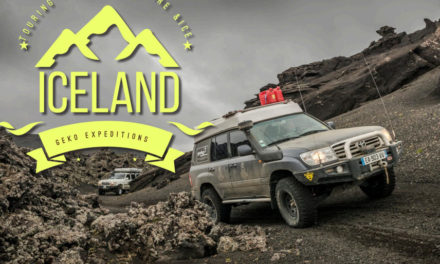
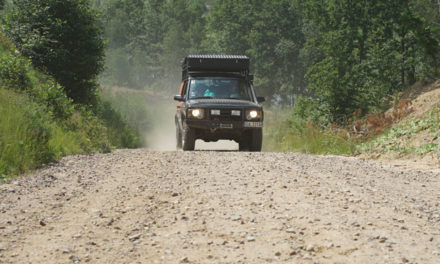
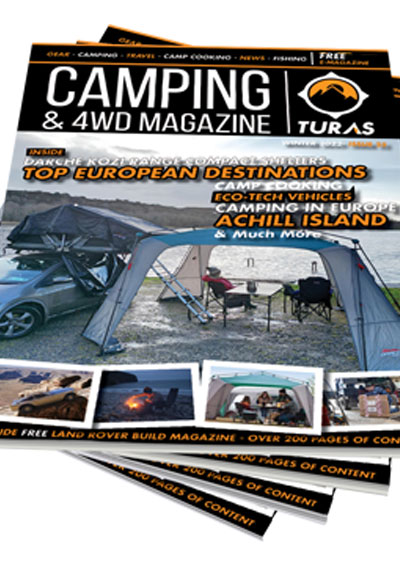

Recent Comments